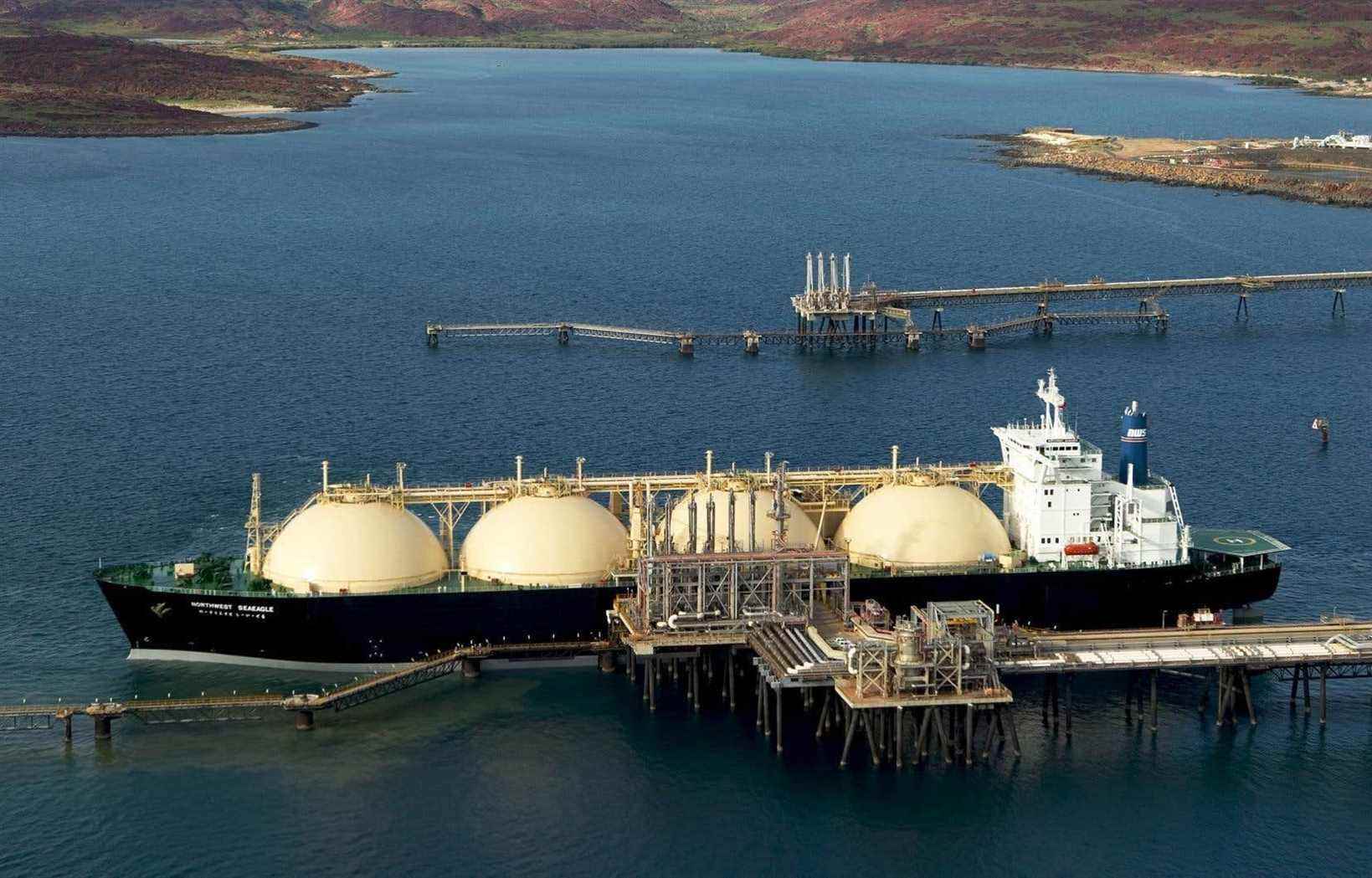The Trudeau government is closing the door to the GNL Québec project, which was still subject to a federal environmental assessment, despite the rejection by the Legault government. Ottawa’s decision is a death warrant for this Alberta natural gas export project. However, other projects of the same type are planned elsewhere in Canada, in a context of growth in gas production thanks to the use of fracturing.
The federal government’s decision was announced late Monday afternoon by Environment Minister Steven Guilbeault. The latter specified in the decision that “the significant adverse environmental effects that the project is likely to cause are not justifiable in the circumstances”.
“This decision does not prevent GNL Québec from submitting new project proposals and does not exclude any potential development. The Government of Canada will continue to support the natural resource sector across the country to stimulate growth and create jobs in a sustainable manner,” the Minister’s statement said.
Opponents of the project welcomed the announcement. “The federal government made the only decision that was necessary. Now, we must accelerate once and for all the exit from fossil fuels as a whole,” said Alice-Anne Simard, Executive Director of Nature Québec. Same story on the side of Greenpeace spokesman Patrick Bonin, who pleaded for the end of all new oil and gas projects in Canada.
“GNL Quebec takes note of the federal government’s decision and will assess the impact of such a decision on the Énergie Saguenay project,” the company responded by email.
Climate risks
After the rejection of the LNG Quebec project by the Legault government last summer and despite a series of bad news for the project (resignations, dismissals and withdrawal of investors), the promoters had decided to continue the federal environmental assessment process, while maintaining active lobbying mandates in Quebec and Ottawa. They were therefore awaiting the decision of the federal government before ruling on the fate of the liquefaction plant, the maritime export terminal which would have been built in the Saguenay and the 480-kilometre gas pipeline necessary to transport the natural gas. With 14 billion dollars required for all the components, it was the largest private industrial project in the history of Quebec.
The decision rendered Monday by Minister Guilbeault, at the end of a process that will have lasted six years, is however unequivocal. It is also in line with the very critical conclusions of the assessment conducted by the Impact Assessment Agency of Canada (AEIC).
In the final version of its report, published Monday, the Agency concludes that the LNG Quebec project would harm Canada’s climate efforts, and in particular the achievement of “carbon neutrality” by 2050. The document therefore rejects in its entirety the proponent claims that the natural gas export project would be beneficial in addressing the climate crisis. In fact, the latter did not present any “credible” scenario allowing us to affirm that the exported gas would be used to replace more polluting fossil resources, such as coal.
The AEIC report also dismisses GNL Québec’s argument that natural gas is a partner in the “energy transition”. The document rather recalls that the International Energy Agency published an analysis in 2021 which concluded that countries must “renounce” allowing the development of “new oil and gas sites” in order to meet the objectives of the Agreement. Paris on the climate.
The passage of 320 LNG carriers each year on the Saguenay would also have represented a potential major risk for endangered marine mammals, including the St. Lawrence beluga, according to the AEIC.
It must be said that the project would “double” maritime traffic on the Saguenay and “within a protected area”, namely the Saguenay–St. Lawrence Marine Park. It would therefore have contributed “to the degradation of the underwater acoustic environment” of this essential habitat for the species, and in particular for females and young. In short, underlines the Agency, it would run counter to the objectives of the recovery plans implemented by governments to save the beluga from extinction.
